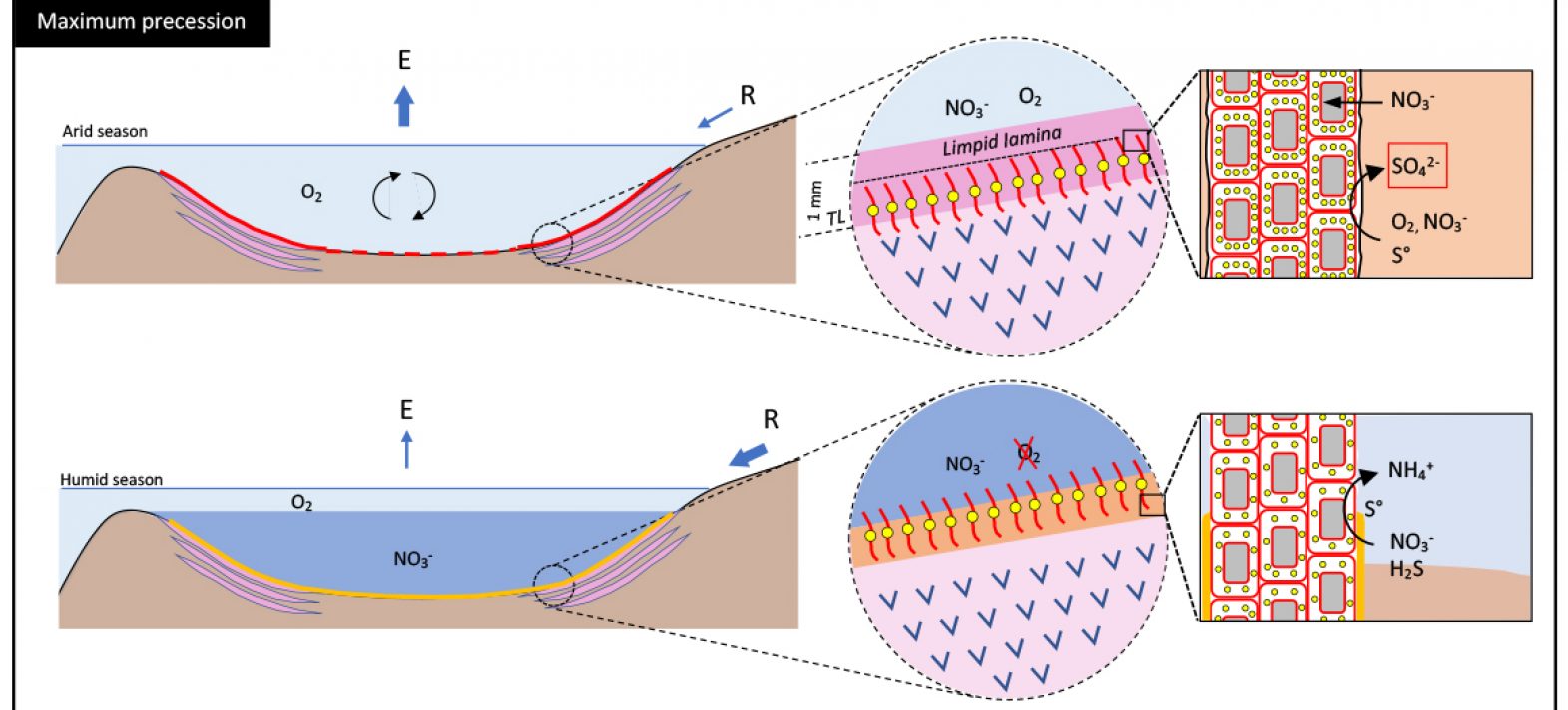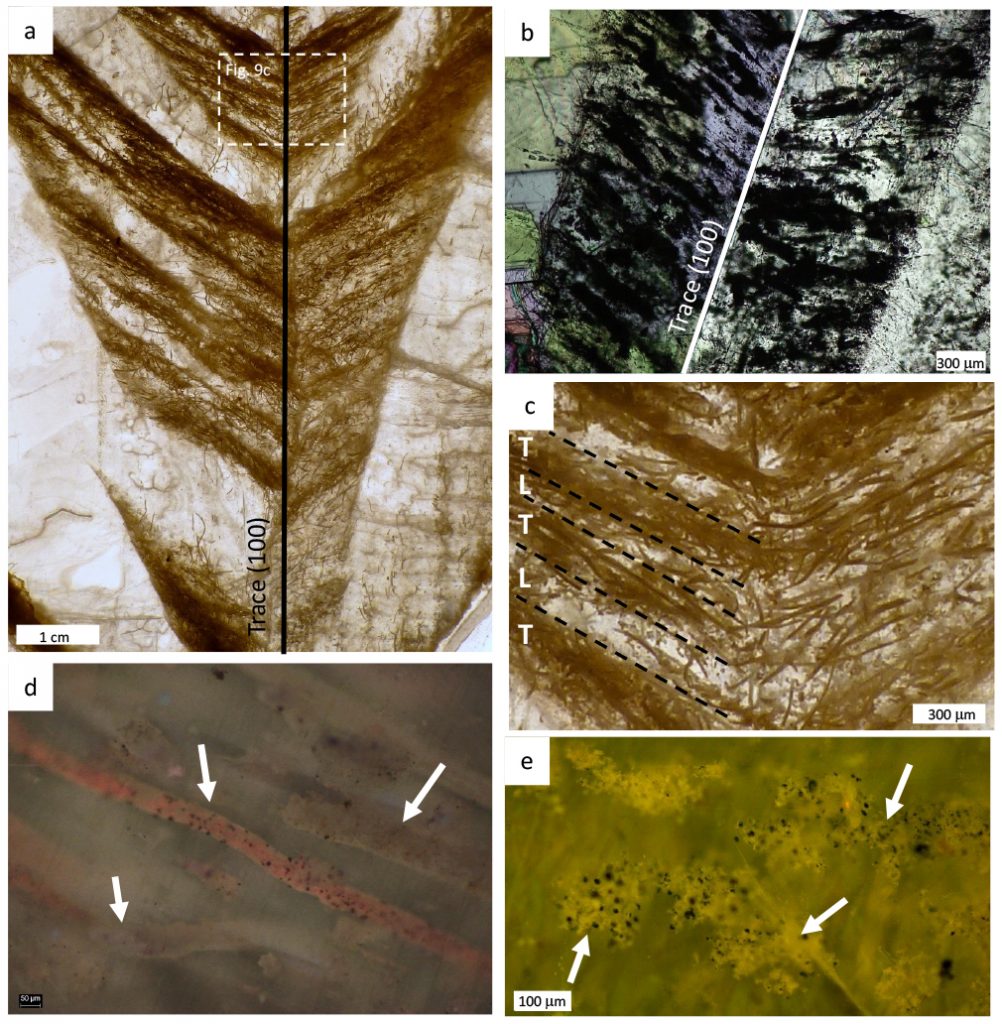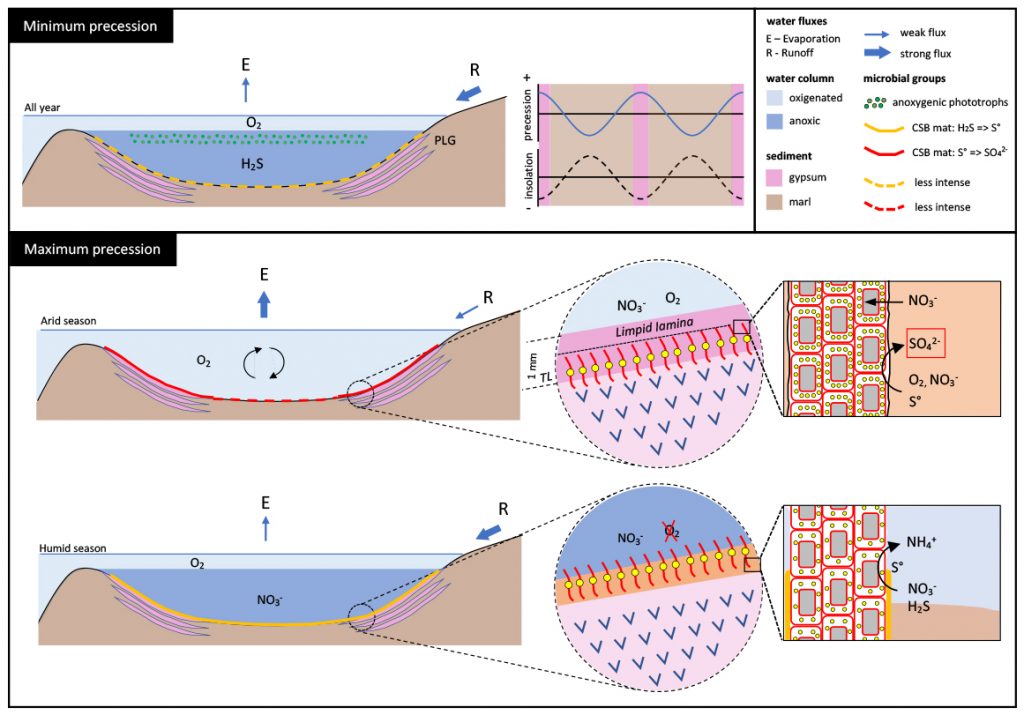The mystery of Mediterranean low-salt gypsum deposits
Around six million years ago, at the end of the Miocene, the Mediterranean Sea underwent a period of rapid drying, gradually turning into a saline giant. This Messinian salinity crisis, which lasted 630,000 years, was the result of the gradual closure of the Strait of Gibraltar, linking the Mediterranean basin and the Atlantic Ocean, following movements in the earth's crust. However, the geological, climatic and biological conditions that led to the formation of this Mediterranean Saliferous Giant, which contains over one million km3 of evaporites, remain poorly understood.

Publication date: 16/06/2022
Press, Research
Related teams :
Stable Isotope Geochemistry
Related themes : Earth System Science









